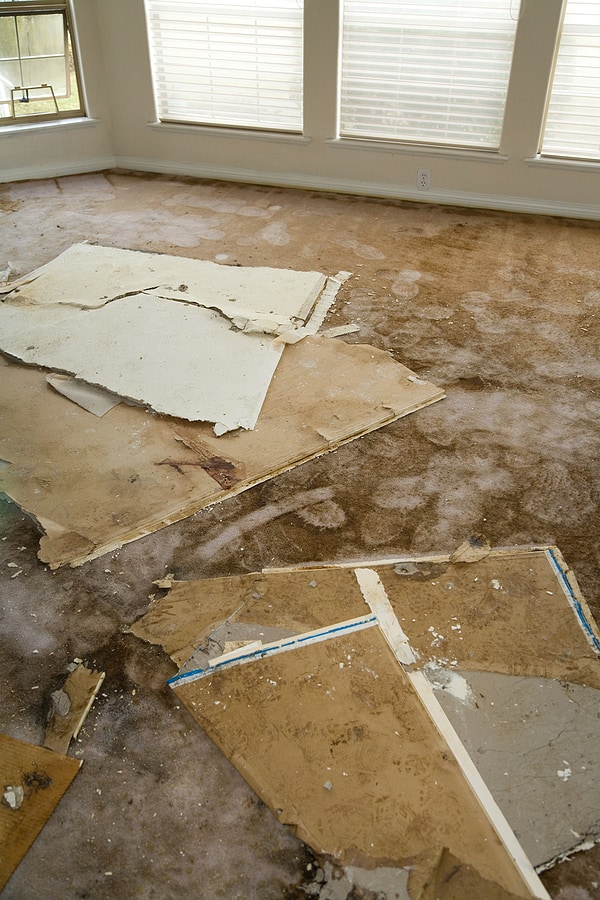Standing Water? Standing IN Water? Call now.
If your building is flooded, stop reading and call us!
If you’ve had previous damage from water and it’s less of an emergency, you can call us or contact us by email – click the Contact Us button right here.



Different Kinds of Floodwater That Can Be Hazardous

When most homeowners think of flooding they usually just think of a home full of water. However, did you know there are three different types of floodwater that can impact your home? Each type offers a varying degree of risk, but all can cause significant damage to your home. Each of the three types of floodwater will determine how a water damage restoration company will manage the cleanup. Here are the three types of floodwaters and what to do for each.
Type 1: Clean Sanitary Water
The first type of floodwater is clean sanitary water. Clean sanitary water is defined as distilled, filtered water with a pH level of 7 or lower. It is safe for homes to touch and even consume. This type of floodwater usually appears after something in the house malfunctions. For example, you will get clean sanitary water if an appliance like a dishwasher or washing machine breaks. It’s also common if your pipes leak or have frozen and burst. Clean sanitary water will cause significant structural damage to your home because all water is corrosive. However, it poses the least risks when it comes to harmful microbes and toxic chemicals. Clean sanitary water is usually cleaned up with a standard water remediation process of a pump, suction tools, and drying devices.
Type 2: Contaminated Greywater
The second type of floodwater is contaminated greywater. This is water that is contaminated with something that is harmful to humans and animals and has a pH level of 7.1 to 8.5. Often greywater is the result of a toilet overflowing, sewage backing up, or the sump pump breaking down. This type of water is dangerous for humans to enter because it could lead to disease or illness, so it must only be handled by professionals. When greywater is remediated, the water is removed and filtered. Then the items in the home are cleaned and thoroughly sanitized. In some cases, like with very porous items, some things may have to be thrown out. In some cases, there will be a thorough cleaning of HVAC systems and other home infrastructure to ensure that there are no residual risks to the homeowner.
Type Three: Toxic Blackwater
The final type of floodwater is by far the most dangerous. Toxic blackwater has a pH level of 8.6 or higher and contains many harmful things such as:
- Bacteria, viruses, and mold
- Waste, fecal matter, and sewage
- Toxic chemicals, heavy metals, and radioactive substances
- Insect larva and parasites
Blackwater is usually the result of a natural disaster like a major flood or an accident at a manufacturing facility. Blackwater cleanup is very dangerous and requires highly-skilled professionals with specialized equipment. In some cases of toxic blackwater, the damage is too far gone and the property must be torn down and rebuilt. However, in most cases the water is removed, contaminated possessions and home materials thrown up, and everything sanitized and rebuilt brand new.



